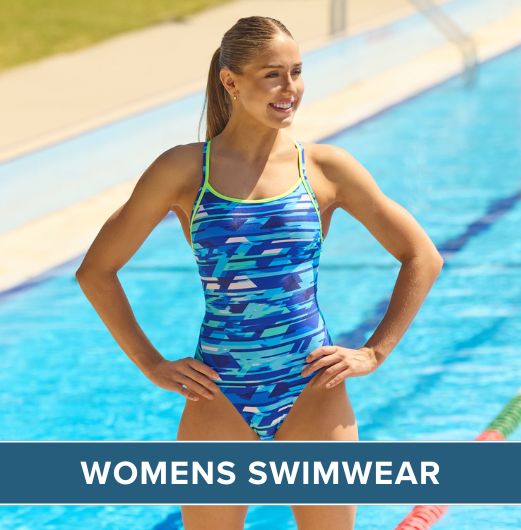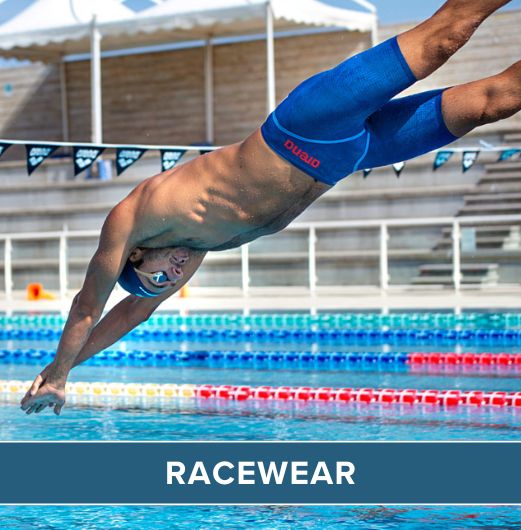Swimming goggles have been the swimmer's blessing and curse for as long as we can remember. Swimming without them can mean sore eyes; swimming with them can mean clouded vision, stopping constantly to adjust the headband and goggle eyed when finished (or maybe that's just me). They seem like such a modern invention in all their plastic glory, so how modern exactly are they?

The Birth of Goggles
It seems unfitting to describe the first goggles as 'primitive' when they represent the ingenuity of humanity in finding ways to problem solve. Finding something both waterproof and transparent in the middle ages was a challenge. The first known goggles used for swimming and diving were invented in Persia in the 14th Century. Originally made from polished tortoise shells (hence the transparency) and used by pearl divers, they remained popular for two centuries in the Middle East. There is evidence to suggest that they were imported into Europe, but they did not gain popularity there.
Meanwhile in Polynesia...
Polynesian skin divers developed wooden goggles with deep frames that used trapped air to maintain visibility. These goggles were limited in that they could only be used in a downwards position to protect the eyes from sea water (otherwise the trapped air escaped). When European explorers brought glass to Polynesia this was incorporated into the design. However the resulting goggles were not fully waterproof and they were of no value competitively as the lenses were not secure and fell out when turning, or in dives.
Crossing the Channel
By the early twentieth century the production of goggles moved on in leaps and bounds, in part due to the use of goggles in other industries and the need for improvements to them there. This is best exemplified by the use of goggles in swimming the English/French Channel from 1911 onwards. Thomas 'Bill' Burgess is credited with being the first person to use goggles to cross the channel and whilst this is strictly true, he did not actually wear swimming goggles. Instead he used motorcycle goggles; these worked well as he was swimming breast stroke but were not fully waterproof and are indicative of how goggles were evolving. Rather than being designed for use in the water they were designed for use by pilots or drivers and then the technology imported (sometimes unsatisfactorily) for swimmers.
In 1916 a patent was given for the production of swimming goggles, but there is no evidence that they were ever manufactured. As such in 1928 when Gertrude Erdle made her channel crossing - the first person ever to do so using front crawl- she too used motorcycle goggles but sealed them with paraffin to ensure they were watertight. In spite of the continued popularity of swimming and the increasing use of front crawl, waterproof goggles designed for swimming were still a long way off.
Treading Water
There were no advancements during the 1930s in goggles for swimming. Nevertheless in 1940 the American magazine 'Popular Scientist' published instructions showing how to produce a pair of wooden goggles. Maybe unsurprisingly these didn't catch on. During the 1950s open water swimmers including Florence Chadwick used rubber goggles with double lenses. These goggles were large and a bit ungainly but protected the swimmer from saltwater and improved visibility in the sea.
Swinging Sixties
The sixties brought us sex, drugs, rock and roll and swimming goggles. Individual swimmers started to create their own goggles based around cups and elastic during the decade, but the times they were a changing and manufacturers were becoming aware of a gap in the market. First advertised in Slimming World Magazine in 1968, these early pairs of manufactured goggles were marketed as an aid for swimming training. Available in only one size (and an uncomfortable one at that) and disqualified from use in competitions these did not bring use of goggles to a mass market. But that would change soon; the need was there even if there wasn't yet a product that fully met that need.
1969 saw the revolutionising of swimming goggles as Tony Godfrey began manufacturing the 'Godfrey Goggle'. Having tested several plastics, Godfrey settled on polycarbonate for use in his designs as it is light, thin, very hard wearing and shatter resistant. It had not previously been used in sportswear, but following Godfrey's foresight is now widely used.
Scotland The Brave
In 1972 Scotland's David Wilkie was the first Olympian to compete wearing both goggles and a swimming hat. A courageous decision if things had gone wrong, instead he achieved a personal best and a bronze medal: with his glory came the public desire for swimming goggles. Godfrey Goggles were pirated, copied and recreated in a race to match public demand and other goggle manufacturers were accused of 'borrowing' Godfrey's work. Since then goggles have become standard equipment for all swimmers, with improvements to hydrodynamics, UV protection, and anti-fog amongst other things helping swimmers to go faster for longer in the pool.
Today and beyond
It is staggering to think how quickly the production of goggles has increased and how advanced designs and materials are becoming. From the early days where foam backed oval cylinders of plastic were all that was on offer, there is now a dizzying selection of shapes, colours and styles all developed for different uses and different swimmers. In the last 40 years goggle improvements have moved goggles from being a funny looking swimming accessory to being the second necessity in swimming after the swimsuit. It will be interesting to see where research and design lead us next. Maybe in 40 years time we too will be dumbfounded by something simple that changes the way we swim, just as goggles have.



 Free Tracked UK Delivery
Free Tracked UK Delivery Hassle Free Returns
Hassle Free Returns Next Working Day OPTION
Next Working Day OPTION Found It Cheaper?
Found It Cheaper?














